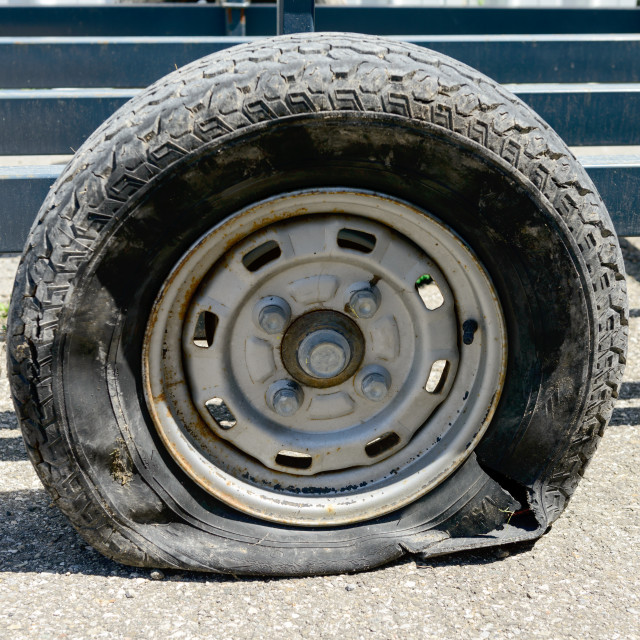What do the Red Bull Formula One team and myself have in common? For one, both our cars are powered by Honda, and while mine has the larger 1.8L engine, their 1.5L power unit makes roughly 5x the horsepower - approximately 750. And, we both change tires ourselves. Granted, their pit crew can change all four tires in just about 1.88 seconds (a world record!). Seriously. That fast. I, on the other hand, take slightly longer - 45 minutes or so. But hey, that also includes swapping out the summer carpets for winter mats.
Changing your own tires is something that most people won't likely do on their own. Have a flat? Call CAA. Time to put the winters on? Call your mechanic. Despite this fact, changing my tires yesterday reminded me of the importance of proper lifting technique. Yes, something as simple as lifting a tire, or anything heavy, can cause a world of hurt if done improperly.
A good description of proper lifting technique can be found here c/o WebMD. Here’s what it says:
✓ Keep a wide base of support. Your feet should be shoulder-width apart, with one foot slightly ahead of the other (karate stance).
✓ Squat down, bending at the hips and knees only. If needed, put one knee to the floor and your other knee in front of you, bent at a right angle (half kneeling).
✓ Keep good posture. Look straight ahead, and keep your back straight, your chest out, and your shoulders back. This helps keep your upper back straight while having a slight arch in your lower back. This is called neutral spine.
✓ Slowly lift by straightening your hips and knees (not your back - maintain neutral spine!). Keep your back straight, and don't twist as you lift.
✓ Hold the load as close to your body as possible, at the level of your belly button. This is crucial.
✓ Use your feet to change direction, taking small steps.
✓ Lead with your hips as you change direction. Keep your shoulders in line with your hips as you move.
✓ Set down your load carefully, squatting with the knees and hips only.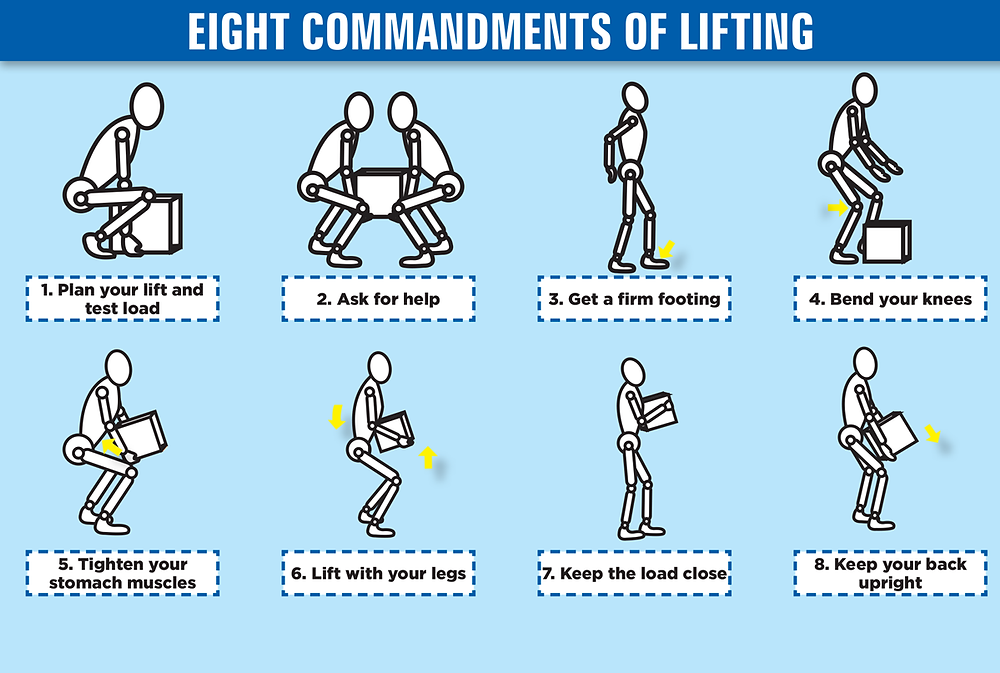
I've been changing my tires twice a year now for quite a while. Sure, I could take it to our mechanic, but there's a certain enjoyment derived from spending a little bit of time with a 3-tonne jack and a tire iron, and getting a little greasy.
I always employ all the tips listed above, with some modifications, as the wheel hub is only a foot off the ground, so while I don't have to lift the tire very high to get it on/off, I still need to be in the correct position to keep my posture neutral. I always roll the tire into position so I can minimize twisting when lifting it. I crouch down with a wide base of support (as described above) and maintain a straight (neutral spine!) back. I get a firm grip on both sides of the tire, and I rest my forearms on the tops of my quads (thighs) for extra support. Then I lift and on goes the tire.
While I know a̶l̶l most of you will never change tires on your own, it's good to be familiar with the process, just in case you need to put on your spare. Hopefully this post will help you 'spare' your back should that need ever arise!
Hopefully this post will help you 'spare' your back should that need ever arise!
Summer might be winding down, but that doesn't mean you have to kiss outdoor workouts goodbye. There's no better way to push yourself while enjoying the fresh air than with a tire workout. This one, basic piece of equipment offers up a ton of workout variations. Plus, tires can be acquired rather easily and are great for challenging your power, strength, and conditioning.
I have an NCAA D1 background in volleyball and track, and I like to keep sports performance and functional training in my regimen. While I currently train for a balanced and well-conditioned physique to compete as an IFBB bikini pro, that doesn't mean I need to let my athleticism suffer. Tire workouts are the perfect way to get physique and performance benefits in one stop.
I purchased my giant tire from a local shop. Not sure where to get yours? Do some research online to scope out a tire dealership or a place that sells farm tires.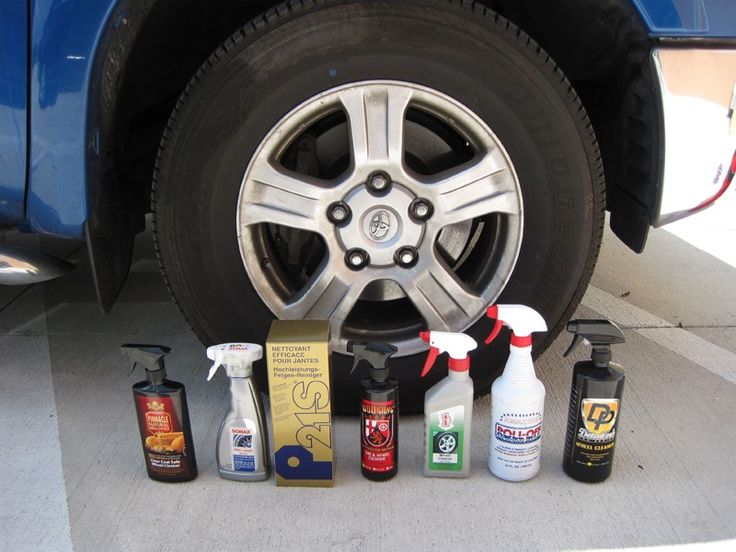 In most cases, they'll be pretty cheap (between $20-100). Otherwise, drive around with your eyes peeled for a free junkyard tire.
In most cases, they'll be pretty cheap (between $20-100). Otherwise, drive around with your eyes peeled for a free junkyard tire.
The next step is to consider the weight you want to use. For women, I suggest anywhere from 100-300 pounds, which will vary depending on your strength and goals. (I weigh 105 pounds, and my tire is roughly 200 pounds.) For men, 300-500 pounds is great to kick your workout into high gear.
Keep in mind that, if you want to rep it out, you can still have an effective workout with a relatively light tire. Safety is top priority, so stick with a size that's realistic for you.
Once you've got your weapon of choice, you can throw any or all of the following exercises together in a full circuit-style workout, or you can do them individually. Again, consider what's most realistic for you and how you like to train. The weight of your tire will help you determine the reps and sets in your program.
Below are some of my favorite exercises and their benefits. Check them out!
Check them out!
Lay your tire flat on its side like a box. Face the tire with your feet shoulder-width apart. Squat down slightly, as if you're going to jump straight into the air. Your arms will naturally swing backwards and return forward as you leap onto the tire. Both feet should land softly on the tire. While the tire has some give to it, landing too heavily can hurt your knees upon impact. Consider this practice.
Benefit: Tire jumps are a functional exercise that can help improve your explosiveness for running and increase your vertical jump. As your vertical jump improves, test yourself by gradually increasing the height of the object you're using.
Facing away from the tire, place your arms behind you. Rest the palms of your hands on the tire with your arms fully extended. Place your feet approximately half of your body length in front of the tire. This will be your starting position. Bend at the elbows into a 90-degree angle while lowering your body slowly until your bottom almost touches the ground. Return to a straight-arm position. This is one full repetition.
Return to a straight-arm position. This is one full repetition.
Benefit: This exercise is the same as a bench dip—it's a slow, controlled movement to work your triceps. If the movement is too easy, add a plate to your lap or use it as an "active rest" in between other tire-based exercises.
This exercise really takes floor push-ups from beginner to advanced. Facing away from the tire, place your hands on the floor slightly wider than shoulder-width apart. Place both of your feet on the tire behind you and raise yourself up into a plank position. Keeping your body straight, lower your upper body toward the floor by bending both arms at 90-degree angles. Next, push up until your arms are fully extended again.
Benefit: This will primarily work the upper pectoral muscles, in addition to the lower pecs and core.
Begin by standing upright and parallel to the tire. Next, squat slightly, bending your knees in a way that distributes your weight evenly. Avoid curving your back or bending at the hips. Jump sideways (laterally) onto the tire, and land in a half-squat position. As with a box jump, you want to land softly to lessen impact. Step (or jump) down from the tire and repeat.
Avoid curving your back or bending at the hips. Jump sideways (laterally) onto the tire, and land in a half-squat position. As with a box jump, you want to land softly to lessen impact. Step (or jump) down from the tire and repeat.
Benefit: Lateral movements—jumps, in this case—are a great way to develop power and agility through explosiveness while improving strength in your lower body (hip abductors, adductors) and stability in your ankles, hips, and knees. Performing a lateral jump includes squatting, a great lower-body and core exercise.
Stand facing the tire. Drive your left knee up and touch the tire with your toe. As your left knee drives up, your right arm will swing back, similar to a running stance. Return your left foot to the ground as you drive your right knee up, your left hand back, and your foot to the tire. Repeat. The key is to move as quickly and swiftly as possible. The lighter you tap the tire, the quicker you can switch feet.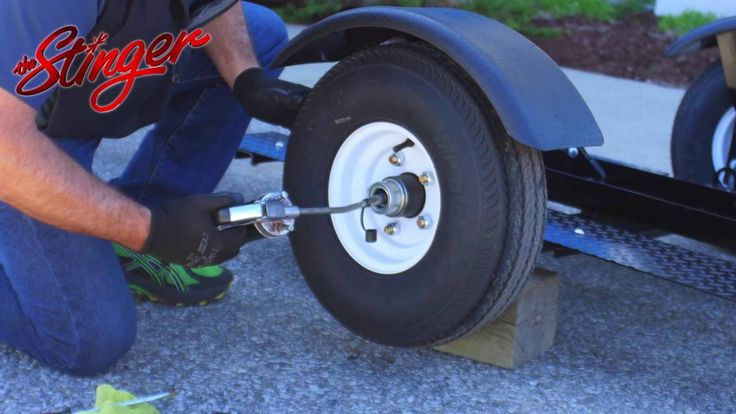
Benefit: This exercise focuses on acceleration and foot speed and develops your hip flexors. Weak hip flexors can affect your stride length and overall speed.
Face the tire and place your left foot on it. Use this platform as a foundation to push off the step. Push through your heel to explode vertically. While in the air, your legs will naturally meet again side by side; switch your opposite leg to rest on the tire as you come down. Land softly on the ball of your stable foot so you can promptly explode back up to repeat.
Benefit: This exercise trains the legs and hips with the quads and glutes. The intent is to explode from the tire in a speedy manner, and this explosiveness can be transferred into many sports activities.
Stand straight with your feet shoulder-width apart. Drop into a squat as you swing your arms back. As you explode into your maximum jump, swing your arms through, using that momentum to thrust your hips forward and land as far forward as possible. You should land in a controlled squat position with both feet. A strong core can help you land properly.
You should land in a controlled squat position with both feet. A strong core can help you land properly.
More advanced broad jumpers can perform this one leg at a time. The key to a broad jump is to jump as far forward as possible from a static position, and to land balanced. The momentum should not be generated with a prestep or hop before the jump.
Benefit: This is a great exercise to develop explosive power and improve the fast-twice muscle fiber reaction; it requires your leg and core muscles to quickly contract to create maximum force with each jump.
Lay the tire flat on the ground. Stand in the hole in the center of your tire. Bend your knees slightly and hop upward to land on the tire in a 90-degree squat with both feet on opposite sides of the tire. Hop upward again, returning to a standing position within the hole of the tire. This is one repetition. Repeat.
Benefit: Pop squats target your glutes, quads, hamstrings, and core. Do enough of these at a relatively fast pace and you'll also improve cardiovascular endurance.
Do enough of these at a relatively fast pace and you'll also improve cardiovascular endurance.
Start with the tire flat on the ground. Place your fingers under the tire while it is in this position. Your hands and feet should be shoulder-width apart. Squat down deep, bending at the knees. As you return to a standing position, pull the tire up. Make sure to use your whole body—especially your legs—to avoid lifting solely with your back. The momentum you create should allow you to change your hand position from a pull to a push. Push the tire forward. Once it is flat, repeat the process.
Benefit: Tire flips cover all the bases—your core, back, legs, arms, and shoulders. Just be careful when you bend to pick the tire up. Leave your ego at home! If you need a lighter tire, make the switch. You can risk serious injury if you are bending at the hips and using your back instead of bending at the knees and using your full body and engaged core to lift and push.
"Tire flips cover all the bases—your core, back, legs, arms, and shoulders."
If you're very comfortable with the above exercises, then I encourage you to try some more advanced tire workouts. How do you know if you are ready? Use the following as a gauge:
This is a three-step process (two jumps and a flip). First, you jump into the hole of the tire. Second, you jump forward (out) of the tire, landing on the opposite side you came from. Lastly, you turn to face the tire and prepare to flip it in the direction you came from. Repeat for 8-10 flips, or as many as you can before you need to rest.
Benefit: This is a power and strength exercise from head to toe. As an added benefit, it also tests your cardiovascular system!
The tire should be standing upright. You and a partner will each face one side of the tire and stand about arm's-length apart. Prepare your foundation with a staggered stance; plant one foot slightly ahead of the other at a distance that feels good for you. Place your hands (palms facing forward) in line with your chest, and push the tire back and forth. Your elbows should be slightly bent, so you can receive the tire with a cushion, and then push the tire back to your partner.
Benefit: Similar to the bench press, this movement engages your chest as you push, and your arms as you receive the tire from your partner. You also need strong legs and core to withstand the weight of the tire. This is a fun way to work on your upper-body strength.
Have a friend time you as you complete tire flips for 20-25 yards. Once you finish flipping— from start to finish—turn around and sprint back to the start. Take a 1-2 minute rest as your friend completes the same exercise. Complete two more rounds, and try to beat your time each round.
Once you finish flipping— from start to finish—turn around and sprint back to the start. Take a 1-2 minute rest as your friend completes the same exercise. Complete two more rounds, and try to beat your time each round.
Benefit: This strengthening exercise also incorporates explosive power from sprints.
Lateral jump from one side of the tire, onto the tire, and then onto the other side. Complete a burpee. Jump laterally back onto the tire, then jump onto the other side. Do a burpee. Repeat. One burpee on each side of the tire is 1 full repetition. Complete 10 reps in each set.
Benefit: Burpees and jumps alone can get old fast. This is an unconventional way to take regular exercises to another level. Is the tire necessary? Not really, but it's a fun one to try with a partner, or alone to really get your heart pumping.
Now, let's put it all together! Here's a glimpse of how I would combine the exercises we just discussed.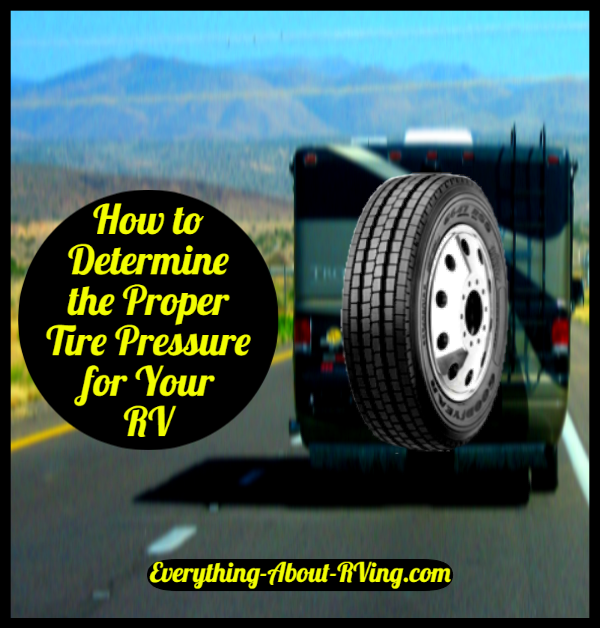 Warm up with a 10-minute run/walk followed by dynamic stretching. This is crucial; don't forget to stretch!
Warm up with a 10-minute run/walk followed by dynamic stretching. This is crucial; don't forget to stretch!
I have the circuit broken down into three groups of three exercises. All nine exercises equal one round. You may take a rest after every third exercise, if needed. If not, power through until you complete one full round. Then, take 1-2 minutes rest.
Looking for that little extra push? One you've finished three rounds, try this gasser. Complete a 20-25 yard continuous tire flip to one end of the street; then sprint back to the start. Have your partner time you. Rest for 1 minute and repeat 3-5 times, trying to set a PR each time.
Complete a 20-25 yard continuous tire flip to one end of the street; then sprint back to the start. Have your partner time you. Rest for 1 minute and repeat 3-5 times, trying to set a PR each time.
October 31, 2020 Likbez Sports and fitness
A detailed guide for those who dare.
Iya Zorina
Author of Lifehacker, athlete, Candidate Master of Sports
The wheel is a fairly simple gymnastic element that everyone can do. However, the speed of learning depends on your physical fitness: one person may need 5-10 minutes, while another will spend several weeks on it.
If you lead a sedentary lifestyle and are overweight, start by strengthening your body and developing flexibility.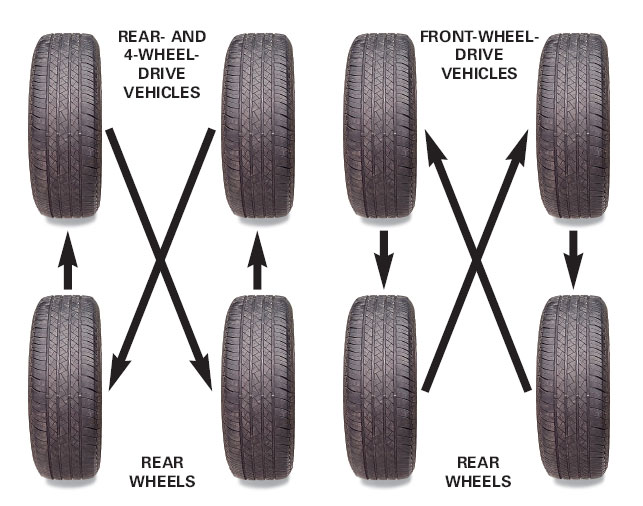
When you make a wheel, the weight of your whole body is transferred to your arms and shoulders. To avoid injury, it is important to prepare the muscles and joints for such a load. We will give some simple exercises that will help you not only develop the necessary strength, but also overcome the fear of doing the wheel.
This exercise will strengthen the muscles of the shoulders and core and accustom your wrists to the load.
Place your wrists under your shoulders and your legs on your knees, stretch your body in one line from your knees to the top of your head, tense your abs and buttocks. Lower yourself until your chest touches the floor and rise back up. Do not spread your elbows to the sides - they should look back.
Do five sets of push-ups every day until you have the strength to lift yourself back up and keep your torso straight. Do push-ups for 5-7 days and then add a handstand to it. nine0003
nine0003
Now Reading 💪
This exercise will help to properly load the shoulders and overcome the fear of the upstand.
Stand next to a stable platform - chair, cabinet, sofa edge - and place your feet on it. Then, stepping your hands on the floor, come closer to the platform so that the body from the wrists to the pelvis is extended in one line. nine0003
First, do three sets of 10 seconds. In each subsequent workout, increase the time by 3-5 seconds. Do the exercise every day until you reach 30 seconds in the handstand, and then move on to the next variation.
Stand in a wall handstand, extend your torso and hold for 5-8 seconds. Do three sets, every day increase the time by 3-5 seconds, until you reach 30 seconds.
Now you can be sure that your arms will not bend during the wheel, and your wrists will support the weight of the body. In parallel with the development of strength, it is also worth stretching every day to improve flexibility. nine0003
In parallel with the development of strength, it is also worth stretching every day to improve flexibility. nine0003
From day one of training, supplement your workouts with hip mobility exercises. To do this, do the following exercises every day.
Sit on the floor with your legs straight out to your sides as much as your mobility allows. Then lean forward, trying to reach the floor with your stomach.
Fix the extreme position and try to relax. Breathe deeply, hold posture 90-120 seconds. You can gently rock, deepening the stretch.
Take a deep lunge forward and place your hands on the floor. Straighten your back and knee behind your standing leg and sway to deepen the stretch. Hold this position for 90-120 seconds, then switch legs and repeat.
When you have strengthened your shoulders, overcome the fear of relying on your hands and increased flexibility, it's time to move on to the lead-up exercises. But first you need to warm up well. nine0003
But first you need to warm up well. nine0003
The warm up exercise will take you about 10 minutes. Do not skip them, so as not to tear your muscles.
You will be putting the weight of your entire body on your wrists, and if they are not used to it, it may hurt at first. To reduce the risk of injury, follow this simple complex.
Do each exercise 10 times.
Next stretch your legs a bit: rock up and down in a deep lunge that was used to develop mobility. Do 10 soft springy movements on each leg. nine0003
After warming up, you can start the lead-up exercises.
Do these exercises every day until you feel more confident. This may take minutes or days - take your time. The main thing is to feel comfortable and get rid of fear.

At this stage it is not necessary to straighten the legs or bring the body to a vertical position. The main thing is to put your hands on the same line, learn the movement itself and get used to the position upside down.
This exercise will introduce you to the starting position for the wheel and improve your balance a bit. nine0003

This exercise will teach you how to push off and straighten your legs, and at the same time relieve the fear of falling.
When you are confident in all the lead-up exercises, you can move on to mastering the wheel.

Post the result in Stories, and then try other gymnastic elements.
Read also 🤸♀️🕺🏋️♀️
*Activity of Meta Platforms Inc. and its social networks Facebook and Instagram are prohibited in the territory of the Russian Federation.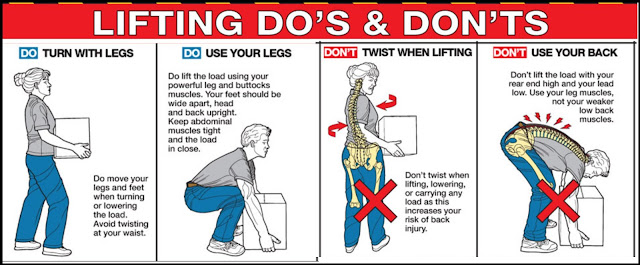 nine0161
nine0161
fourwheeler.com
A car jack is taken for granted. And the situation becomes all the more difficult when, at the most inopportune moment, it turns out that it is out of order (or missing), and somehow you need to change the wheel.
Maxim Stroker
Anything happens in life. The author of these lines, for example, once bought a used car from a wildly stingy man: he even quietly pulled a jack and a balloon wrench out of the trunk before closing the deal. It's good that this nuance was discovered before the wheel puncture that happened a week later, but what if not?! The best way to do without your own jack is to stop a passing car and take advantage of the kindness of its driver. But now go stop someone, and it is quite possible to puncture a wheel not on the asphalt of the federal highway, but also somewhere on a forest path, on which cars only appear every few days. But if necessary, you can change a punctured wheel without using a jack. The first way is as follows. You need to build or find a small hill - for example, a mound of earth, a log or a small stone. Next, we quickly pump up the wheel and drive it onto our improvised "flyover". After that, the experts of the AutoVzglyad portal recommend placing some kind of reliable stop under the body of the car so that after removing our “flyover” the car remains with the wheel hanging in the air. nine0003
But if necessary, you can change a punctured wheel without using a jack. The first way is as follows. You need to build or find a small hill - for example, a mound of earth, a log or a small stone. Next, we quickly pump up the wheel and drive it onto our improvised "flyover". After that, the experts of the AutoVzglyad portal recommend placing some kind of reliable stop under the body of the car so that after removing our “flyover” the car remains with the wheel hanging in the air. nine0003
nttsbreakdown.ca
And it is absolutely necessary to insure the car against rolling in one way or another. Now, in order to replace the wheel, we remove the "flyover", dismantle it and replace it with a previously deflated "spare tire". After that, it remains to pump up the newly installed wheel and remove the stand from under the car, on which it hung during the replacement process. On soft ground, if you have some kind of entrenching tool at hand, something similar can be depicted by inflating the punctured wheel to the maximum, slipping a long log under the hull next to it.